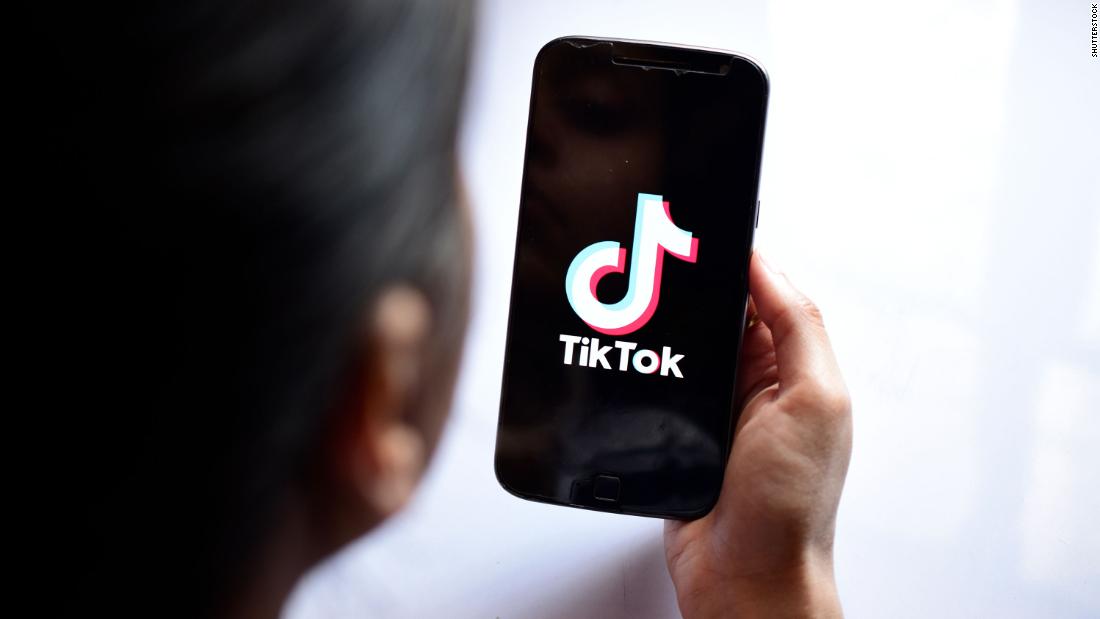
The Indian government said this week it will ban TikTok and other well-known Chinese applications, including the WeChat messaging platform and the UC Browser mobile browser, saying they pose a “threat to sovereignty and integrity.”
The move follows a border clash between the two countries earlier this month that left at least 20 Indian soldiers dead.
TikTok has a lot to lose in the second most populous country in the world. India has been the biggest driver of new TikTok downloads, generating nearly 660 million installations since its launch in 2017, according to analyst firm Sensor Tower.
Parent company ByteDance could “miss another 100 to 150 million first-time TikTok installations in India” in the second half of this year due to the ban, said Randy Nelson, an analyst at Sensor Tower.
The ban also presents a major complication for ByteDance and other companies that are trying to take advantage of the Internet boom in India, according to Akhil Bery, an analyst at the Eurasia Group.
“With only around 50% of Indian consumers online, the Indian market represents a tremendous amount of growth potential,” Bery said in a research note on Monday. “Now that has apparently been cut, and the Indian government is unlikely to remove these restrictions.”
The ban means the potential loss of a lot of advertising revenue for ByteDance.
“It is a slap in the face for ByteDance as they grew 50% year-on-year in India,” said Greg Paull, analyst at consultancy R3.
ByteDance had forecast more than $ 1 billion in Indian advertising revenue this year, most of it generated by TikTok, according to R3 estimates. It reached $ 280 million in the last quarter of 2019 alone.
When it comes to in-app revenue (money users spend buying virtual items on TikTok), India also represents roughly $ 1.5 million to date, or less than 1% of total TikTok, according to Sensor Tower’s Nelson. But the growth has been huge: Indian users spent around $ 520,000 on TikTok this quarter, up 277% compared to the same period last year.
Spokespersons for TikTok and ByteDance did not respond to requests for comment for this story. A spokesperson said after the ban was announced that ByteDance “is committed to working with the [Indian] government to demonstrate our dedication to user safety and our commitment to the country as a whole. “
“In the battle for world domination, India’s ban will not hurt them as much in terms of income as it does profile,” Paull said.
Many Indians have called for a boycott of Chinese goods and services, particularly of China’s dominant technology industry. Beijing said on Tuesday it was “very concerned” about the app’s ban.
.